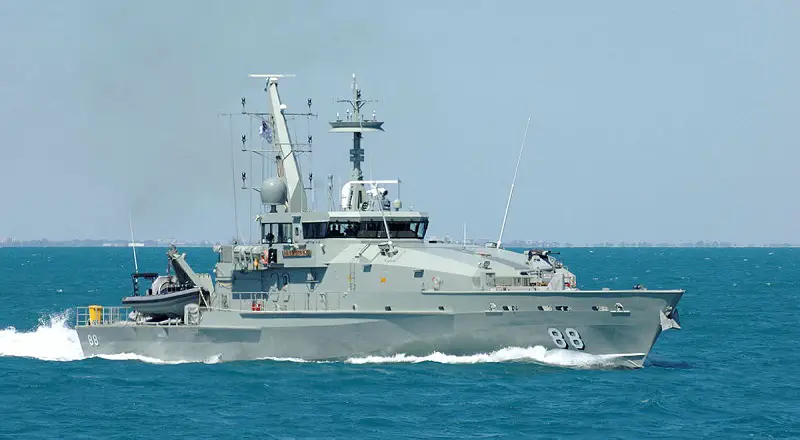- Jul 2, 2018
- 3,465
As the Thai fleet would, having not been specified, come within 150km off the east coast of Norfolk Island if a straight line was drawn between its intended position and where it would maneuvour out of Auckland Harbour (roughly Great Barrier Island), they would be able to detect Royal Australian Air Force aircraft operating as a part of Operation Morris Dance in the vicnity of Norfolk Island, along with commercial aircraft flying between Australia and Norfolk Island as well as New Zealand and Norfolk Island. As the aircraft deployed to Norfolk Island were only Beechcraft Super King Air 350s and C-27J Spartans, they would not have sea-scanning capabilities and therefore would not detect the Thai vessels, but the Thai vessels would certainly be able to detect them as they flew in the vicinity of Norfolk Island, doing things such maintaining the airworthiness of the aircraft, getting logbook hours, maintaining piloting skills and doing general training in preparation for deployments to New Caledonia.
Even though the patrol zone of Operation Resolute would include Norfolk Island and its exclusive economic zone (which the Thai Navy had entered), there was minimal assets deployed to that area to detect them. All patrol boats were off the coast of Queensland patrolling in the Coral Sea and around the Coral Sea Islands Territory. There were no AP-3C Orions on station in the area as they were patrolling northern approaches. The ony thing being monitored was airspace through the Norfolk Island Airport radar. This showed a fundamental flaw in the capabilities of Operation Resolute, a flaw which would not be realised by the Department of Defence.

Bossza007
Even though the patrol zone of Operation Resolute would include Norfolk Island and its exclusive economic zone (which the Thai Navy had entered), there was minimal assets deployed to that area to detect them. All patrol boats were off the coast of Queensland patrolling in the Coral Sea and around the Coral Sea Islands Territory. There were no AP-3C Orions on station in the area as they were patrolling northern approaches. The ony thing being monitored was airspace through the Norfolk Island Airport radar. This showed a fundamental flaw in the capabilities of Operation Resolute, a flaw which would not be realised by the Department of Defence.

Bossza007












